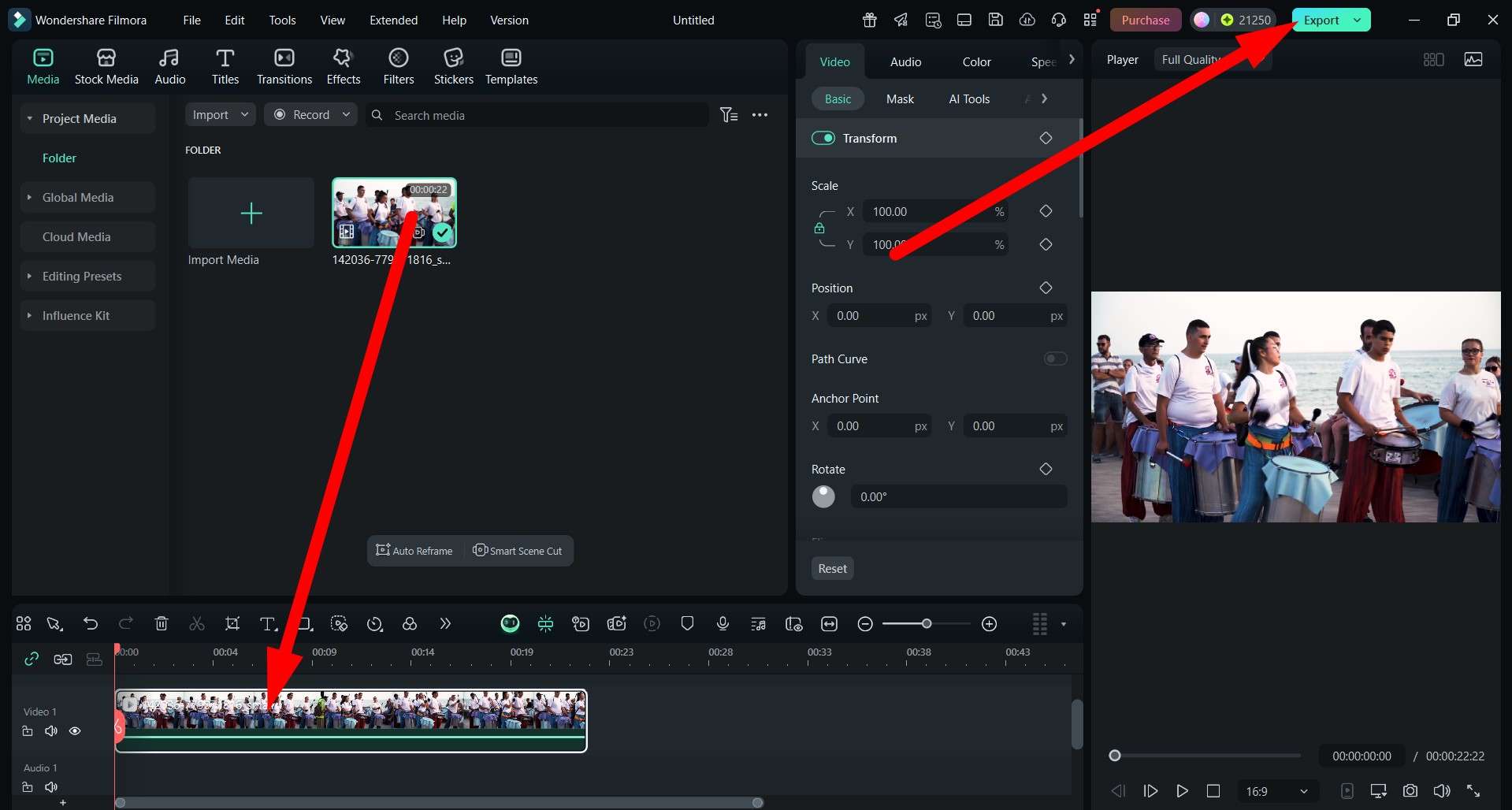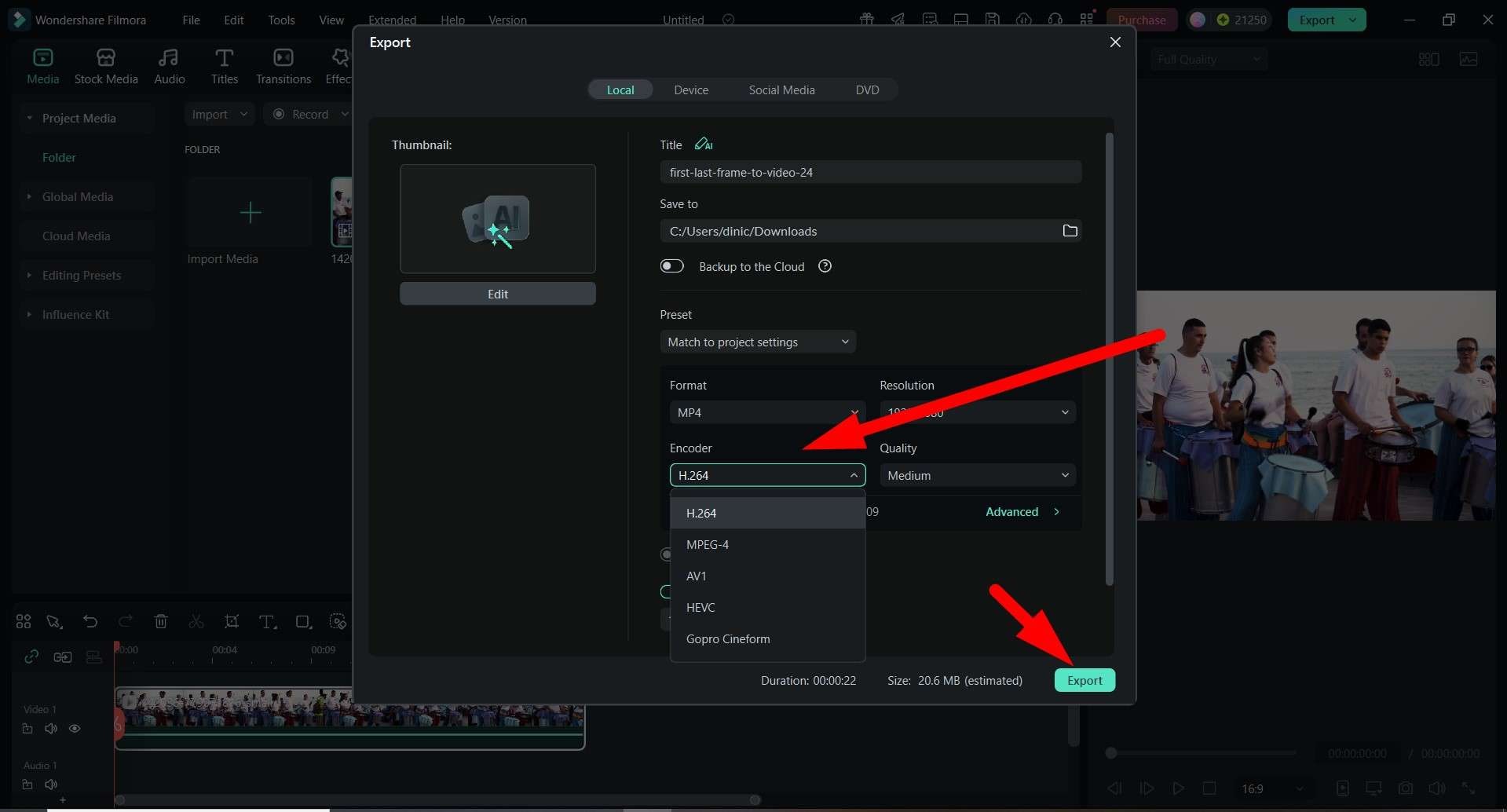In this article
Understanding the AV2 Codec
Did you know that every video you watch online, from YouTube clips to 4K movies, is compressed using some form of video codec? Codecs determine how big your video files are and how good they look. The AV2 codec is the most recent step in the evolution of codecs, aiming to push quality and efficiency further than today's standards. In other words, AV2 is designed for the future, where bandwidth limits and high-resolution quality often collide.
Let's examine an AV2 codec closely, see how it works, where it might be used, and what challenges are standing in the way of making it mainstream.

The AV2 codec (AOMedia Video 2) is a next-generation video compression format designed to deliver better quality videos than existing mainstream codecs like AV1, HEVC (High Efficiency Video Coding), and H.264 (Advanced Video Coding).
On a broader scale, AV2 aims to increase video playback efficiency by reducing bandwidth and storage costs while preserving quality. It also aims to balance advanced compression tools with real-world encoding and decoding times to ensure that new devices, like phones, TVs, and GPUs, can support AV2 playback natively. If successfully developed and implemented, AV2 could become the backbone of future video streaming.
The Technical Side of the AV2 Video Codec
To increase efficiency, AV2 builds on the lessons of its predecessors but introduces smarter compression tools. Let's start by examining the most important technologies behind it.
The Core Technologies of the AV2 Codec
The Key Innovations of the AV2 Video Codec
The Current State of the AV2 Codec
For now, AV2 is still under active development and testing. Adoption depends on a full ecosystem where encoders and decoders need to mature to handle AV2 efficiently. Hardware acceleration is also required for smooth playback on consumer devices, and the broad industry adoption depends on costs, licensing clarity, and real-world performance gains over AV1 and HEVC. In other words, AV2 has potential, but it's not ready yet.
When and Where to Use an AV2 Video Codec
If AV2 fulfills its promises, it could reshape how and where we consume video. Check out the most important potential applications to see how this tech will develop.
Real-World Applications for Volumetric Video



All these applications are very important, and this is precisely why tech companies are closely watching how this codec is advancing so they can adopt it as soon as it's ready.
What Are the Limitations and Challenges of the AV2 Codec
The AV2 codec offers some big promises, but it will have to overcome these limitations to become a mainstream video compression method.
For now, the smart approach is to maintain a multi-codec strategy and focus on widely accepted solutions like AV1, HEVC, H.264, while monitoring AV2's development.
What is the Future of the AV2 Codec?
Looking ahead, advanced devices will be better equipped to handle AV2, which might accelerate its rollout globally. Hardware acceleration in new chipsets will set the stage for real-time playback. There will also be standardized containers and DRMs (Digital Rights Management) to ensure compatibility across platforms. Mature encoders with fast presets will be used to balance speed and quality. So, in short, you should keep an eye on AV2 roadmaps, but don't expect it to replace AV1 or HEVC just yet.
How to Export in Well-Established Codecs
Until AV2 becomes a real thing, if you are working with any kind of video content, you need a tool that offers all the modern exporting options so that you can export it correctly based on the platform where you wish to publish. To achieve this goal, you can go with Wondershare Filmora, which is currently one of the best video editing tools on the planet.
Filmora offers direct exporting to modern social media platforms. For manual exports, you can pick from H.264, MPEG-4, AV1, HEVC, and GoPro Cineform codecs. Here's how it works.
A Step-by-Step Guide to Exporting a Video in Filmora
Here, we will present an easy guide to importing and exporting your video. Before we get into it, make sure that you download and install Filmora on your PC (Windows or macOS). When Filmora is up and running, check the three-step tutorial below.



The best thing about Filmora is that it comes with millions of creative assets and dozens of advanced AI tools that make video editing a joy. Download the desktop version today, and if you want to take your video editing on the go, then you can try the mobile version of Filmora, which is available for Android and iOS.
Frequently Asked Questions
-
What is the main advantage of AV2 over AV1?
The main advantage of AV2 over AV1 is improved compression efficiency. AV2 aims to provide better video quality at the same bitrate or the same quality at lower bitrates compared to AV1. This means videos would take up less storage space and require less bandwidth for streaming while maintaining high visual quality. -
When will AV2 be widely available for consumer use?
AV2 is still in development and not yet widely available for consumer use. It typically takes several years for new codecs to achieve broad support across devices, browsers, and streaming platforms. Industry experts estimate it may take 2-4 years after the final specification is released before AV2 sees widespread adoption. -
Will AV2 be royalty-free like AV1?
Like its predecessor AV1, AV2 is being developed by the Alliance for Open Media (AOMedia) with the goal of being royalty-free. However, the final licensing terms won't be confirmed until the specification is finalized. AOMedia's commitment to open, royalty-free standards suggests AV2 will follow AV1's royalty-free approach. -
What types of content will benefit most from AV2?
AV2 will benefit all types of video content, but it will particularly excel with high-resolution content (4K/8K), high-motion content (sports, action scenes), and content with complex textures or film grain. These types of videos traditionally require higher bitrates to maintain quality, which AV2 aims to reduce significantly. -
Will current devices support AV2 playback?
Most current devices will not support AV2 playback without software updates or new hardware. Like previous codec transitions, AV2 will require support built into processors, GPUs, and media players. New devices released after AV2 becomes standardized will likely include hardware acceleration for AV2 decoding, while older devices may rely on software decoding which could be less efficient.




